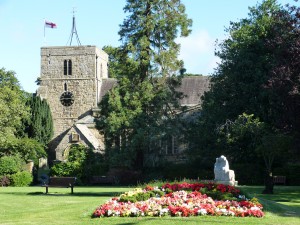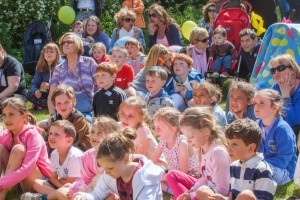Scheduled to start on the 1st September 2015
We are an unincorporated association set up in  late 2003 established in accordance with the precepts of the Local Government Act 2000.
late 2003 established in accordance with the precepts of the Local Government Act 2000.
The primary aims are to identify the things that really matter to people who live and work in the civil parish of Ponteland, in that they affect their quality of life and to work with all interested/involved parties to develop acceptable ways of meeting these needs.
At this present time the Executive Council is busy working with other interested parties on possible forthcoming events, activities and projects for all age groups, with the aim of putting the heart back into Ponteland and the surrounding area.
More details to follow soon …
Background to Community Partnerships
Partnerships in the community abound in the professional literature of social work, adult education, and basic literacy education, religious or church work and among governing entities to name just a few environments. Partnerships are – in the broadest sense – connections between and among people and groups to share interests, concerns and create visions for the future.
education, and basic literacy education, religious or church work and among governing entities to name just a few environments. Partnerships are – in the broadest sense – connections between and among people and groups to share interests, concerns and create visions for the future.
Historically, partnerships have been formed to educate, open discussion and address and solve problems among all parties involved and affected as well as stakeholders in all parts of the problems/issues and solutions.
Partnerships are created when:
- there appears to be no one person or group responsible for the issue;
- it doesn’t seem possible to solve the problem or address the situation by just one group – due to magnitude, lack of knowledge or amorphic nature of the issue;
- the cost of solving the problem or addressing the issue is too costly for one group to address; and/or,
- it is important to have a large number of people involved to inform, and buy-in to the process.
The best partnerships are those (either formal or informal) that:
- Have an organisation or a
 structure to them.
structure to them. - Have a vision, mission, and goals
- Are designed to change as issues evolve and problems are solved
- Find ways to involve people face-to-face but make maximum use of emerging and existing technologies
- Build in a sustained maximum activity and involvement by stakeholders and other participants
- Provide necessary plans such as business, marketing and communication plans
- Promise and produce a product or results which benefits all group/process members
- Design an active and interactive initial learning period and maintain ongoing learning for stakeholders and participants
- Establish and maintain effective communication and ongoing dialog
